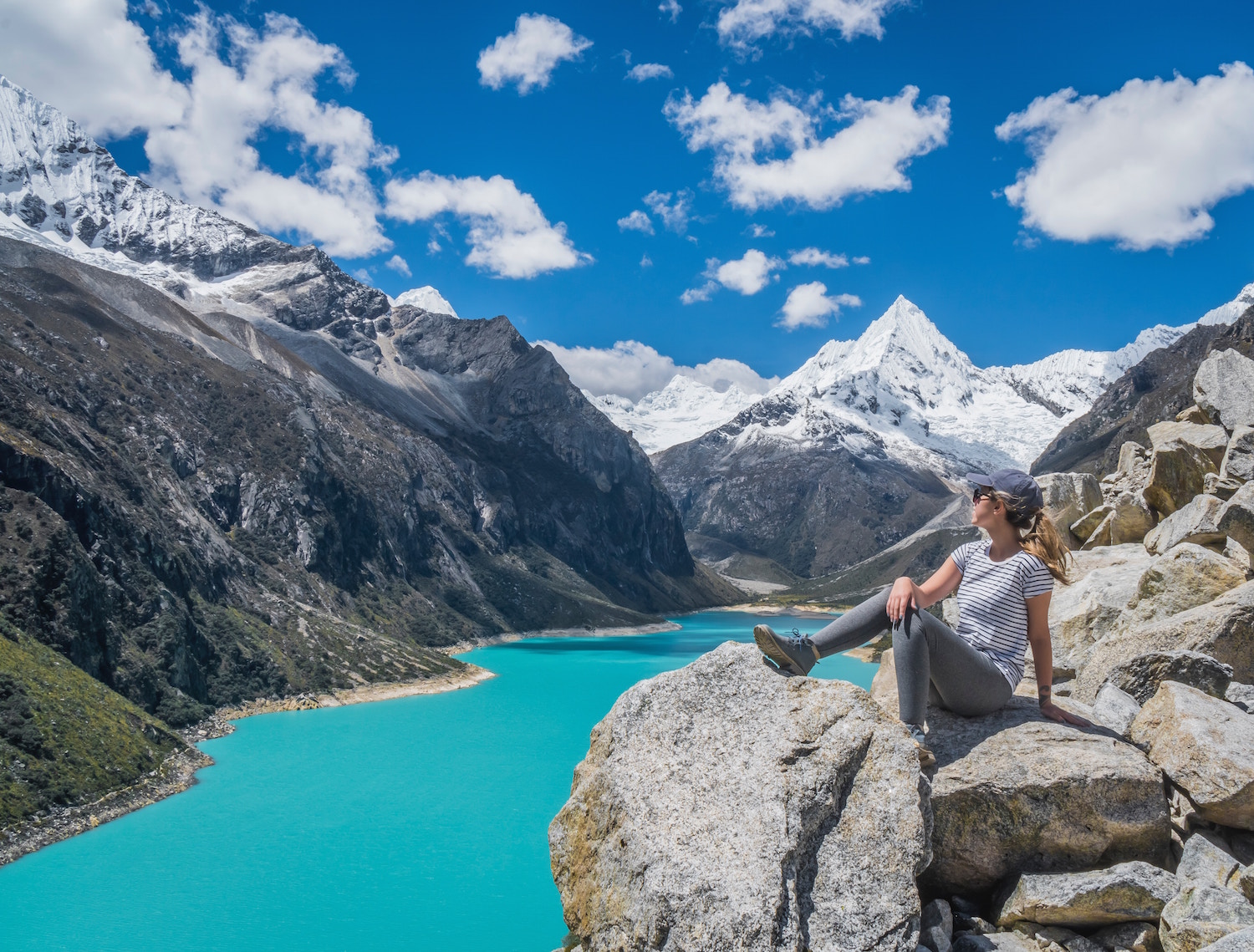Are you thinking of booking a flight with FlyGRN? Or have you already booked a flight or a hotel with us? Then we’d like to welcome you to our sustainable travellers community! In this article, we’ll show you exactly how your booked flight with us contributes to a greener world.
At FlyGRN we care deeply about our planet. So do you. That’s why you’re here, right? But we also love travelling! Unfortunately, travelling - especially air travel - isn’t the best way to keep our planet green.
Two years after the climate agreement in Paris, the CO2 emissions in e.g. Holland are still 3 times higher than the global average. If we carry on like this, the global average temperature will have increased by 1.5 degrees in four years time.
The choices you make at home and on the road have a big impact. You can eat more consciously, travel in an environmentally friendly way and make your home more energy-efficient.
That’s why, in order to help combat the negative effects of aviation on our environment, we decided to launch FlyGRN.
Every time someone books a flight through us, we (partially or fully) offset their flight’s emissions for free by planting trees or investing in a solar panel project. But how does this actually work? Here’s what these projects entail.
Planting trees in India
Did you know that one tree can offset one ton of CO2 in its lifetime? To give you a better picture of what a tonne of CO2 is; a tonne of CO2 equals about a month of the energy use of an average house.. So one tree can make quite a difference.
That’s why FlyGRN works together with treeplanters.net, which is a tree planting and monitoring service that buys their trees from a renowned company in Belgium. They, on their turn, work together with partners all over the world. One of these partners is WeForest.
WeForest’s goal is to save the cloud forest in India and empower local communities to build a sustainable, forest-friendly business. The forest lies in the Meghalaya state (northeast India), which is also called “the wettest place on earth”. It’s threatened, however, by deforestation due to grazing, forest fires, and charcoal making.
Together with 10 indigenous governments and 62 local villages, WeForest works hard to restore these areas. The local villagers are supplied with tools and information that will help them grow a sustainable business so they are less dependent on the forest for their survival.
One of the activities of this project includes providing the people with 3,500 fuel-efficient cooking stoves and rice cookers. This way, they directly decrease fuelwood consumption and keep the forest healthy.
Of course, this only works if people see more value in living trees than in dead ones. That’s why WeForest invests in training and educational programs and set up 62 self-help groups that run socio-economic activities so they reduce their need for firewood.
Twenty years from now, the trees that they have planted so far in the region of the East Khasi Hills in the Meghalaya state will store about 382,275 tons of CO2. This is the equivalent of an annual carbon footprint of 38,200 Europeans!
For every 100 euro that you spend on hotels or car rental when you book a flight with FlyGRN, WeForest plants one tree in India.
Solar Panel Projects in India
Solar power is an incredible and truly limitless renewable energy source. The energy of the sun is harnessed by solar panels, which can be installed on rooftops, open areas, buildings, etc. With only one hour of the sun’s energy, we would be able to meet the global energy demand for a whole year!
We’re not there yet to harness it all though. At this moment, we’re able to harness only 0.001% of the sun's available energy. But, technology is rapidly improving and the solar energy market has been steadily on the rise for the last couple of years. And it will continue to rise as technology is constantly advancing and fossil fuel resources will get scarcer and more expensive.
One of the countries that has a clear solar energy vision is India. India has ambitious goals regarding solar energy. This year, the Indian power minister RK Singh announced their intention to launch a tender for 100 GW of solar power. That’s 10 times the size of the biggest solar power tender in the world.
Although critics say it’s unrealistic, India does currently rank number 7 in the top 10 of countries with the highest installed capacity of solar PV power. And at 2.2%, their share of total consumption is higher than the number 1 (China with 1.8%) and number 3 (USA with 1.4%).
For every flight you book with FlyGRN, we invest in the installation of two solar power plants in the states of Tamil Nadu and Telangana in India. This project directly displaces energy that would have otherwise been generated by fossil fuels such as charcoal.
The total installed capacity of these solar panels is 56.25 MW and by building this project, it creates a significant number of employment opportunities during the construction and operation of the panels. It also helps to bridge the gap between the energy demand and energy supply in the local area, making the local community less dependent on fossil fuels.
The power produced by this project will replace approximately 93,022 tonnes of CO2 per year. That equals the energy use of 7 average houses per year or 18,240 cars on the road.
By booking your flight and hotel with FlyGRN, you help us in our challenge to reduce CO2 emissions and keep our planet green.


